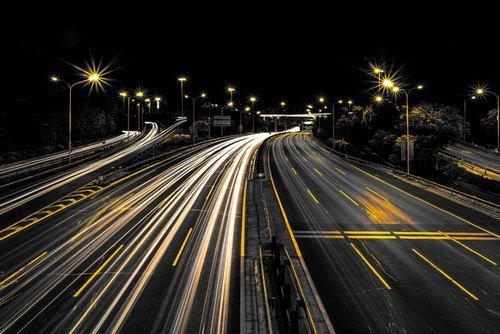by Anil Pharande, Chairman – Pharande Spaces & President – CREDAI Pune-Metro
At long last, construction of the much-awaited and critical 170-kilometer-long Pune Ring Road project will kick off after the current monsoon. By separating inner-city traffic from highway traffic, the Ring Road will significantly enhance transit and bring down pollution caused by traffic jams.
PMRDA has advised that they have released tenders for the inaugural 32-kilometer stretch, which goes from industrial hub Chakan to Ahmednagar Road, and Nagar Road to Solapur. The project is being undertaken via Public Private Partnership (PPP) and PMRDA is now drafting the DPR for the inner part of the Ring Road.
The Ring Road is a massive undertaking that will bring together six national highways which traverse the Pune Metropolitan Area (PMR) – NH-40 (Mumbai-Pune), NH-60 (Pune-Nashik), NH-753F (Pune-Ahmednagar), NH-65 (Pune-Solapur), NH-965 (Pune-Saswad-Palkhi Marg) and NH-48 (Pune-Bengaluru). PMRDA will also look at creating new residential and commercial nodes that dovetail with the Ring Road.
How much does this project matter?
A lot – especially if we consider Pune’s future requirements. It is by far the most progressive step that is being taken to improve the quality of life and overall efficiency in Pune.
Across India, our cities have been growing with almost complete disregard to what the population at large actually requires. We have seen that important facets of the urban experience – support infrastructure, breathable air, management of waste management and dependable water – have received only token nods so far. The main development impetus has not been on critical infrastructure but on creating more and more cash-cow real estate projects wherever possible.
Obviously, the urban experience in this once tranquil city, which was hailed as the ideal Pensioner’s Paradise in earlier years, has suffered greatly. In an ideal situation, infrastructure creation and real estate development go hand in hand. However, the only part of Pune which has so far seen such holistic planned development is the Pimpri-Chinchwad Municipal Corporation PCMC).
One of the primary reasons why the city’s lifestyle quotient has steadily deteriorated is its traffic problems. This has resulted in painful commutes, inefficient transport of goods, and rampant air pollution.
Of course, Pune is not the only Indian city seeing such chaos. Inefficient traffic has also been the bane of cities like Bangalore, Pune and Kolkata, where air quality has consistently worsened – primarily because of a lack of adequate traffic infrastructure.
A New Era of Transit-oriented Development
One of the most promising new models seeking to correct the many wrongs done in our cities is transit-oriented development (TOD).
Transit-oriented development is a community development model that has become a catchphrase in India over the last few years. In developed nations, it has been the preferred development model for much longer, and the results have been very visible. TOD is the most important key to creating world-class cities.
In transit-oriented development, all the major real estate formats – housing, office and retail projects, hospitals and shopping and leisure facilities – are created around a major transit node. This ensures that citizens can access these facilities with relatively short commutes.
The basic formula for transit-oriented development is that all developments need to be within a short walkable distance or easy reach of public transport.
Benefits to Citizens
Citizens benefit from this development model primarily because they can reach their places of work with a minimum commute and get back home easily.
What does this translate into in real terms? Increased family time, less inhalation of pollutants on jammed roads, lower fuel consumption, lower cost of public transport, improved public health readings and a highly upgraded quality of life. In the most successful instances of transit-oriented development globally, citizens have stopped using personal vehicles altogether. The annual household savings in terms of utilities and healthcare costs can be very significant.
Advantage Integrated Townships
Integrated townships are the residential format of the future and play a big role in maximizing the benefits of transit-oriented developments like the Pune Ring Road. Integrated townships themselves utilize the TOD model internally, ensuring the seamless and stress-free movement of people and goods.
Juxtaposed against a TOD project like the Ring Road, their advantages are multiplied infinitely, providing their inhabitants with a living and working experience of genuinely global standards. Homeowners in integrated townships in West Pune will stand to benefit the most once Pune Ring Road’s 170-km-long, eight-lane express highway with a 120 km/hr speed limit becomes operational.
In short, the Ring Road will be a major game-changer for Pune, and areas adjoining it will be completely transformed – removing a major hurdle on the path of becoming a true City of the Future.
